
|

|

|

|

|

|

|

|

|

|

|

|

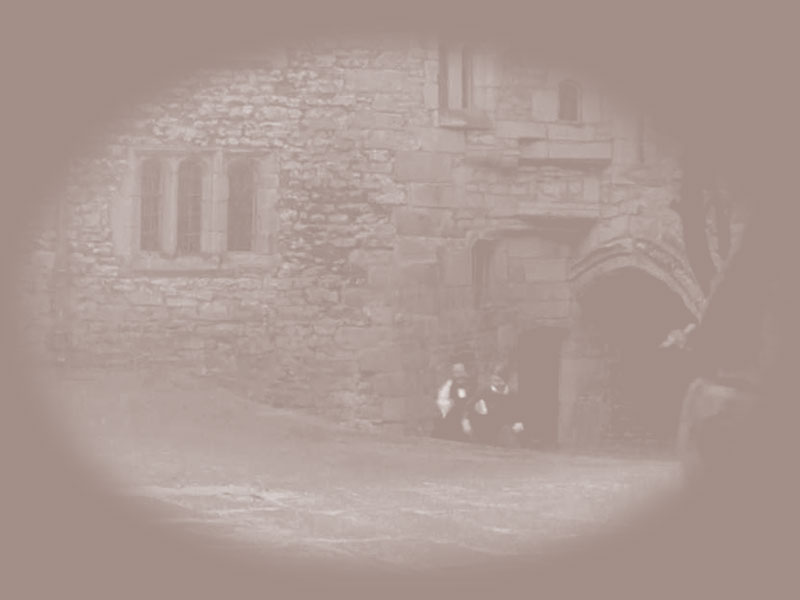
Return to Thornfield
Given the story's mysteries in and around a large residence, another classic film became a reference; Goldman notes, "Thornfield put us in mind of the Overlook Hotel in The Shining."
"Thornfield is an iconic character in its own right," notes Buffini. "It's atmospheric and haunting – and, it would seem, haunted..."
Fukunaga says, "Finding locations that were what I envisioned – or close to them – was the biggest logistical challenge on this project."
Owen and Fukunaga rejected any number of potential U.K. candidates in favor of Haddon Hall, which location manager Giles Edleston states has "more rooms and sets than a filmmaker could ever wish for." Located in Bakewell, Derbyshire and built atop a limestone outcrop, Haddon is one of the oldest houses in England, with the original corner of the house dating back to the 11th Century. A private house that once stood in the same region is thought to have inspired Bronte in her imagining of Thornfield; since the setting in the novel is, in fact, Derbyshire, it marked another instance where the modern take was firmly anchoring the story in its roots.
"What rings true from the book is how intimidated Jane would have been when she first comes to a house like this one," comments Haddon's head steward, Jo Walker.

Privately owned by a family and with no residents, Haddon offered the Jane Eyre team unparalleled flexibility. Haddon's house and grounds are open to the public. They have been seen on-screen over the years in – among many other projects – Elizabeth, also produced by Owen. Edleston notes, "Although I've filmed there before, every time I'm at Haddon the place looks completely different on-camera. Around Derbyshire, you could shoot several films and not have to repeat the same landscape."
Haddon's readiness extended to specifics that were required in the frame, such as fireplaces and candles. Production designer Will Hughes-Jones first had to "make sure that they were working. Haddon didn't have restrictions on them, which most country houses do – due to insurance requirements. This is not to say that they didn't watch us like hawks, to make sure that we were behaving ourselves. Also, Haddon does have fire alarms, light switches, and things of modern-day life that have to be covered up."
Readiness was not all; the Haddon dining room became not the Thornfield one but rather Rochester's study, with the production's furniture, carpeting, and tapestries temporarily replacing the dining room's settings and rugs.
Similarly, although the most "modern" room in Haddon, in that it is from the Elizabethan era, was originally built as a combination exercise room and salon, in Jane Eyre it becomes an attic store room caked in dust.
In part because it had once been closed for 200 years, Haddon escaped modernization by the Victorians – something few stately homes in Britain can claim – and moreover has been deliberately maintained in a 1700s-era state for the past nine decades.
Hunkering down at Haddon enabled the Jane Eyre crew to better recreate the specific period in which the story is set. Hughes-Jones comments, "Haddon was a predominantly blank canvas that could become our Thornfield. It is actually mostly empty, so we had to furnish the rooms we wanted to use; putting curtains up in a room with more than two dozen windows, or filling up a room to become a store room of furniture."
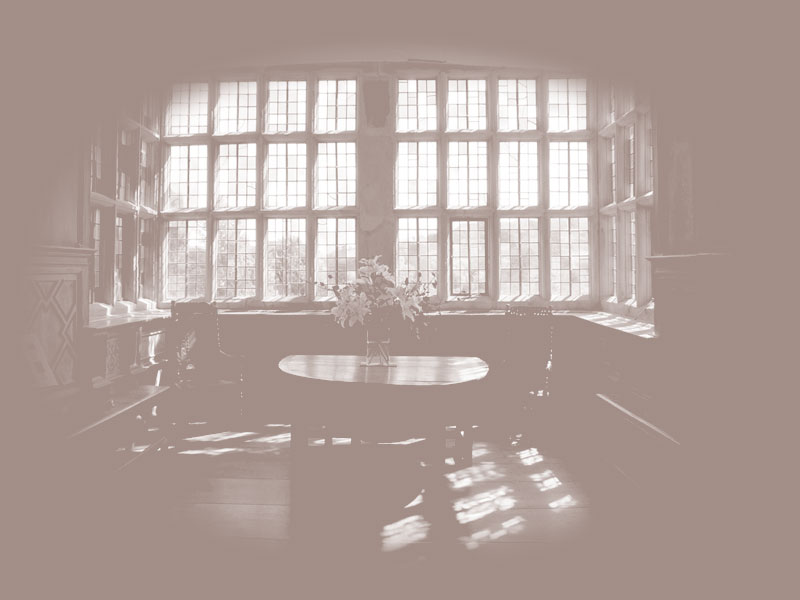
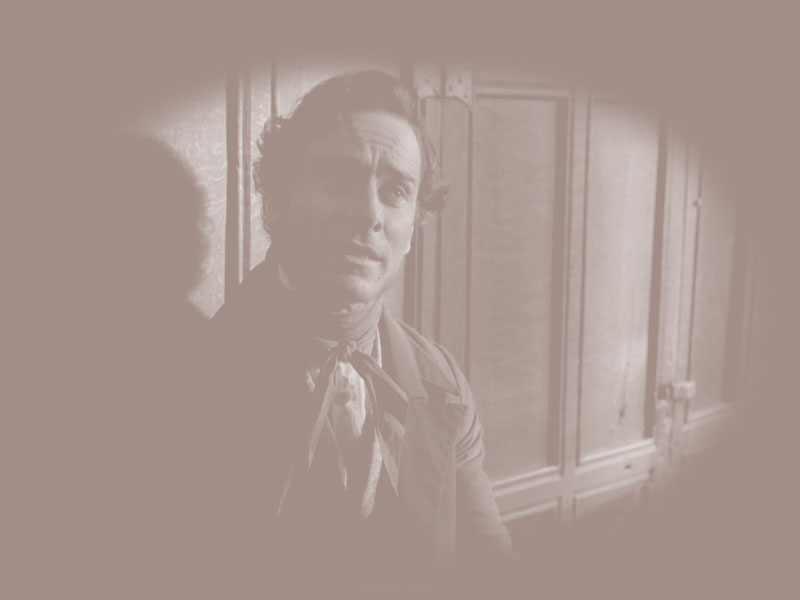
"Cary's concept for Thornfield, and the production, was to be as true to the book as we could make it. He wanted it to feel very dark, very masculine, with lots of wood and stone as a contrast to Gateshead, where Jane is early on in her life."
The production designer had to make sure to keep the timeline straight because, he notes, "The screenplay adaptation that Moira has written keeps you not quite knowing what's going to happen next, because you go backwards and forwards through time and Jane's memories. This is also extremely clever because Jane is in jeopardy from page one, so there is tension and you fear for her from the start."
Fukunaga adds, "The original novel featured many spooky elements, from early Victorian gothic atmospheres to outright spiritual presences; I liked the imagery and was excited by the idea of pushing that side of the story further than in previous adaptations – not full-blown horror, but a definite vibe."
Hughes-Jones elaborates, "We didn't always look to obvious period references; often, we would identify visuals that we wanted, and only then make sure that they were period-appropriate. The term 'gothic' is often misunderstood. We are quantifying it as more of a genre for the telling of the story, rather than in terms of the gothic revival in Victorian architecture – ornate and spiky details, which we tried to avoid, because it was not right for the period.
"For the scenes where Jane moves around the house and is spooked, and other scenes, when Cary would ask us to impart 'a gothic feel' he was referring to the actual feel that you get within a space. Haddon Hall itself held a lot of secrets. One day, we were walking around with custodians of the building, and mentioned how we needed a secret door for the cast to go through. One of the custodians said, 'Like this?' and pulled back a tapestry – and there was a secret door. Haddon is full of them. You can get lost in Haddon for hours. In lighting and mood it can feel dark and frightening. Then again, when the sun is shining on it, it's a beautiful place."
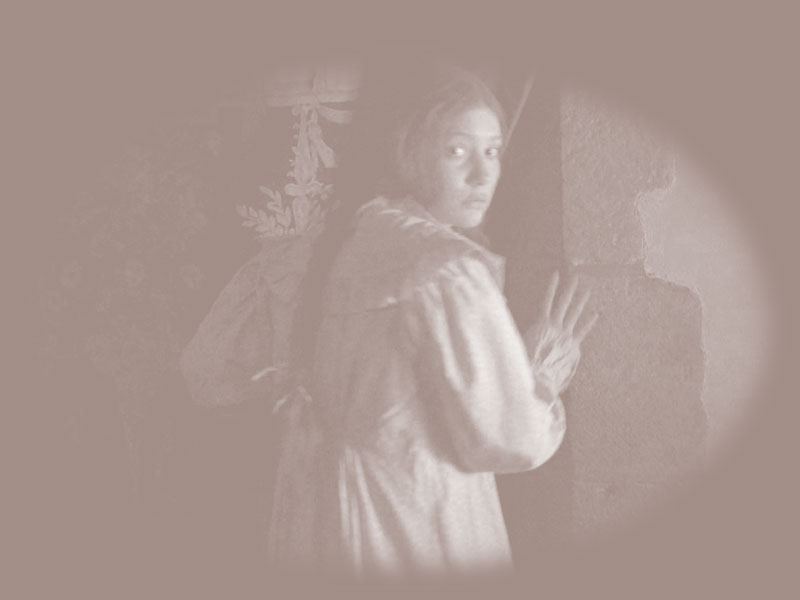
Outside the walls of Haddon, the county of Derbyshire was itself a character, providing arresting landscapes for Jane's story. Fukunaga and the crew were stunned at the gothic impression made by the surrounding rocks and cliff faces that make the Derbyshire dales so dramatic.
The director marvels, "There's something about the craggy rocks, and the kind of bracken that grows here, that makes it darker and more oppressive than the more expansive Yorkshire moors. So we definitely wanted to shoot there, even though it's more populated; it was challenging, because when we wanted to get an epic shot there would be a radio tower – or an entire village – in view.
"Although we made it seem like Thornfield is in the middle of nowhere, just beyond the edge of the frame was modern civilization."
Also in Derbyshire, the crew clambered to the top of the gardens surrounding Chatsworth House, the largest private country house in England, to film Rochester’s first encounter with Jane. Seen in Pride & Prejudice as the exterior of Mr. Darcy's family home, Chatsworth is the home of the Duke and Duchess of Devonshire. It was built in the 17th Century, with a farmyard and adventure playground added on in 1973.
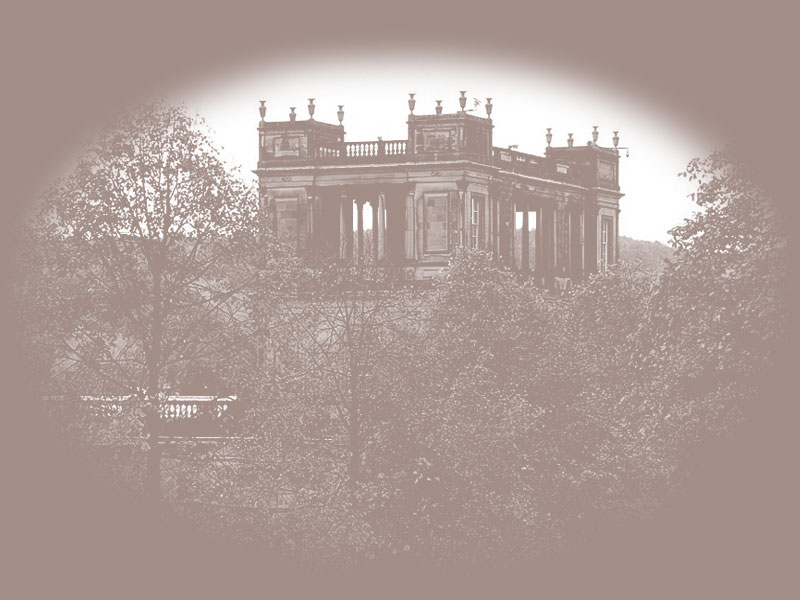
Amongst the winding paths and woodland lay a high-set bend in the road, punctuated with a formidable dead oak tree. The morning of the location shoot, shrouding smoke and dark clouds engendered concern that the backdrop was almost too gothic to be believed. The tree seemed to loom over the actors and crew, warning of an enormous drop below from where Jane was supposed to have climbed.
But as stunt coordinator Franklin Henson worked closely with trainer Dan Naprous of The Devil's Horsemen on the pivotal sequence, it was clear that Chatsworth's landscape was a potent asset.
Two cameras had to be on hand to capture the memorable moment wherein Rochester rears his horse up when Jane suddenly materializes and the horse falls over. Mia Wasikowska, starring as Jane Eyre, was present and in the shot as much as possible, but the do-not-cross line for the actress was six feet away from the rearing horse being ridden by Michael Fassbender's Rochester stunt double.

Large protruding tree roots were removed and heavy protective padding was laid into the path and covered with soil for the dramatic fall. The move was practiced with precision to enable the horse to tumble backwards without crushing the rider. But it was unnerving and tiring work for the stunt team to have the horse hit the mark and fall correctly for each take. "The horse doesn't want to play after a while," Henson points out. "Maybe three takes and, after that, you've lost its patience."
Weather conditions added to the challenges of filming on the Derbyshire dales. What the British call "the Dunkirk spirit" was frequently relied upon when faced with freezing rain, snow, fog, and high winds, and only occasional moments of blazingly bright sunshine that fully reveal the untouched rural beauty of the region. Edleston reveals, "What the audience won't know is that we were thick in mud, and that visibility was down to 100 yards. But the end result on-screen is worth it."
"We were completely at the mercy of the weather," remembers Fukunaga. "If you have only one day to shoot the rainy scene and there's bright sunlight, you must change and adapt."
Goldman notes, "It was tricky. We always tried to be shooting outside when the light was best, but we had to be consistent with the mood that Cary had established from the beginning."
"So when there was no fog, Will Hughes-Jones would say, 'Let's bring in the fog!' and the special effects crew would make some for us."
Owen laughs, "Filming in England makes for a Rubik's Cube of daily reorganization, in terms of what the weather is doing. We're used to it, but I did warn Cary beforehand."
The Source
